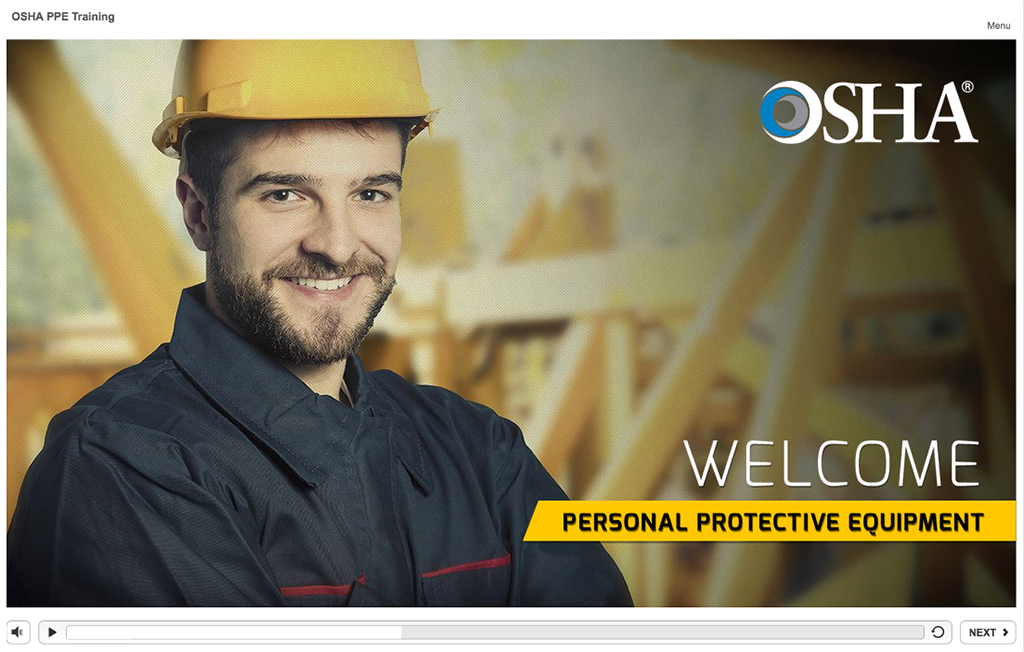Course Description:
The purpose of this Personal Protective Equipment Training is to prepare learners with the skills and knowledge necessary to protect themselves on the job safely. Sometimes, Personal Protective Equipment (PPE) is as simple as putting on a pair of stiff boots before coming to work. However, it’s seldom that simple. Employees must be specifically trained on the use of PPE specific to their jobs.
To make full use of the equipment, an employee must know:
- When PPE is required and what equipment is necessary for each circumstance.
- How to put on, wear, and adjust each piece of protective equipment.
- The limitations of the PPE and the risks against which it does not fully protect.
- The proper maintenance and disposal of all required PPE.
Course Content:
- OSHA’s general requirements of PPE
- How physical risks are assessed
- Training requirements for all at-risk employees, and
- The different forms of PPE and how they are used
Course Features:
- Ready to Deploy: Purchase the course “as-is” and load into your Learning Management System (LMS).
- Editable Source Files: Articulate Storyline source files are available for purchase so you can customize the course to fit your specific needs. View Pricing Here.
- Customization Support: Need help? We are available to add your logo, corporate colors, fonts, and custom content. Click here to ask for a quote.
Why is PPE Safety training important?
There are nearly two million disabling work-related injuries every year. More than a quarter of them involve head, hands, eye, and feet. Safety is a very serious issue that can affect people in some truly awful ways; therefore, it is vital that all workers know how to protect themselves against such injuries.
Here’s the OSHA language from the statute:
“Protective equipment shall be provided, used, and maintained in a sanitary and reliable condition wherever it is necessary by reasons of hazards of process and environment.” Basically, any company is responsible for assessing the risk to its employees and providing the equipment required to meet those risks.
Helpful Links

